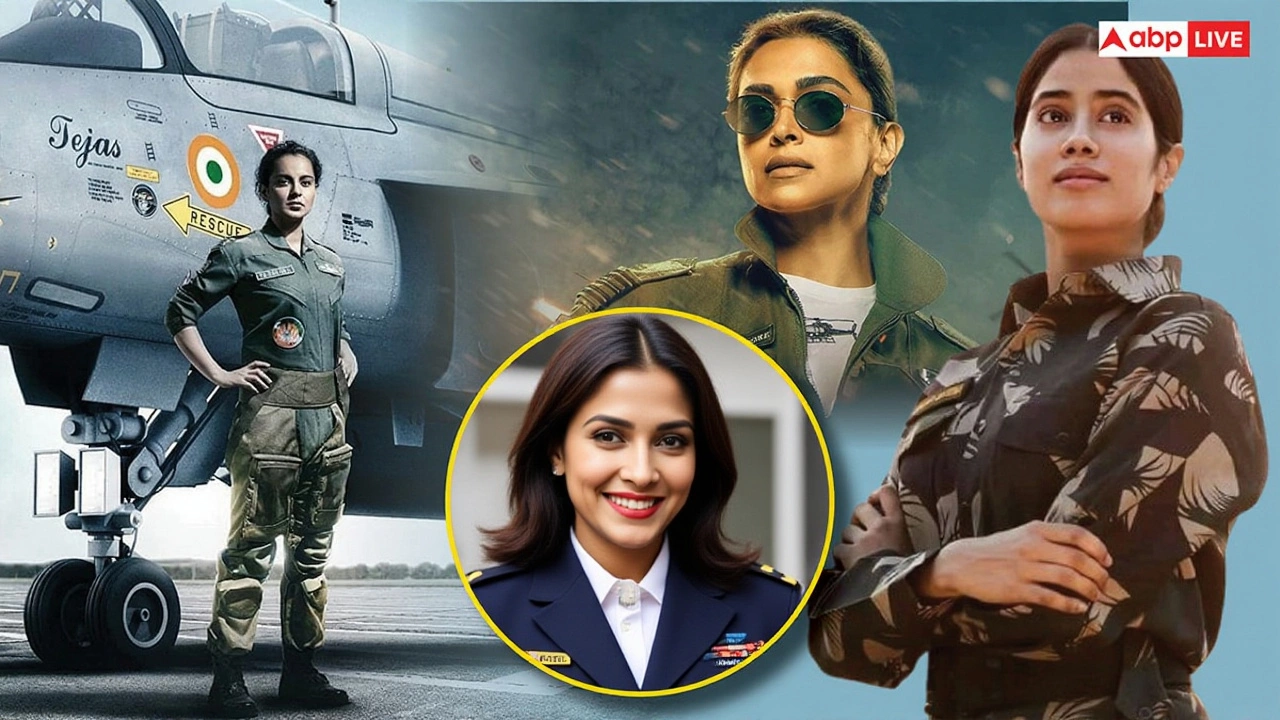Air Chief Marshal A P Singh highlighted Operation Sindoor during the 93rd Indian Air Force Day at Hindon, with a grand parade, vintage displays and modern warbirds.
Read more
When talking about the Indian Air Force, the aerial wing of India’s armed forces that safeguards the nation’s skies and provides rapid response in crises. Also known as IAF, it blends high‑tech aircraft, skilled pilots, and a nationwide support network to keep the country secure. The Indian Air Force encompasses military aviation, the broader practice of using aircraft for defense and combat missions, defence strategy, the set of plans and policies that guide how a nation protects its interests and pilot training, the rigorous programs that turn civilians into combat‑ready aviators. In simple terms, the IAF needs advanced aircraft to stay ahead, and skilled pilots turn those machines into effective tools – a clear cause‑and‑effect link that shapes every operation.
The backbone of the IAF is its aircraft fleet, a mix of fighter jets, transport planes, helicopters and drones that cover everything from air superiority to disaster relief. Modern fighters like the Su‑30MKI or Rafale bring speed and firepower, while transport aircraft such as the C‑130J ensure troops and supplies move quickly across the subcontinent. This fleet requires continuous upgrades, a fact that drives India’s defence procurement and domestic manufacturing push. Another pillar is the IAF’s pilot training, a multi‑stage curriculum that blends classroom theory, simulators and live‑flight drills. Training academies produce pilots who can handle both legacy platforms and cutting‑edge fifth‑generation jets, linking human skill directly to platform capability.
Beyond hardware and people, the IAF’s role in national security is amplified through joint exercises with the Army and Navy – a synergy that enables integrated defence operations. Humanitarian missions, such as disaster relief after floods or earthquakes, showcase the IAF’s versatility: transport helicopters lift relief supplies, and fixed‑wing aircraft drop aid where roads are blocked. This humanitarian side feeds back into public perception, reinforcing the IAF’s reputation as a guardian of the people, not just a combat force.
Looking ahead, the Indian Air Force is eyeing next‑generation technologies. Indigenous projects like the Advanced Medium Combat Aircraft (AMCA) aim to reduce reliance on imports, while AI‑driven maintenance platforms promise higher aircraft availability. Such developments influence the overall defence strategy, ensuring the IAF remains a credible and modern force. With an eye on both deterrence and rapid response, the IAF continues to evolve, balancing legacy assets with futuristic concepts.
Below you’ll find a hand‑picked collection of articles that dive deeper into these topics – from the latest aircraft deliveries and training reforms to the IAF’s role in national emergencies. Whether you’re curious about the newest fighter jet, the specifics of pilot training, or how the force supports disaster relief, the posts ahead shed light on every angle of the Indian Air Force’s dynamic world.

Air Chief Marshal A P Singh highlighted Operation Sindoor during the 93rd Indian Air Force Day at Hindon, with a grand parade, vintage displays and modern warbirds.
Read more